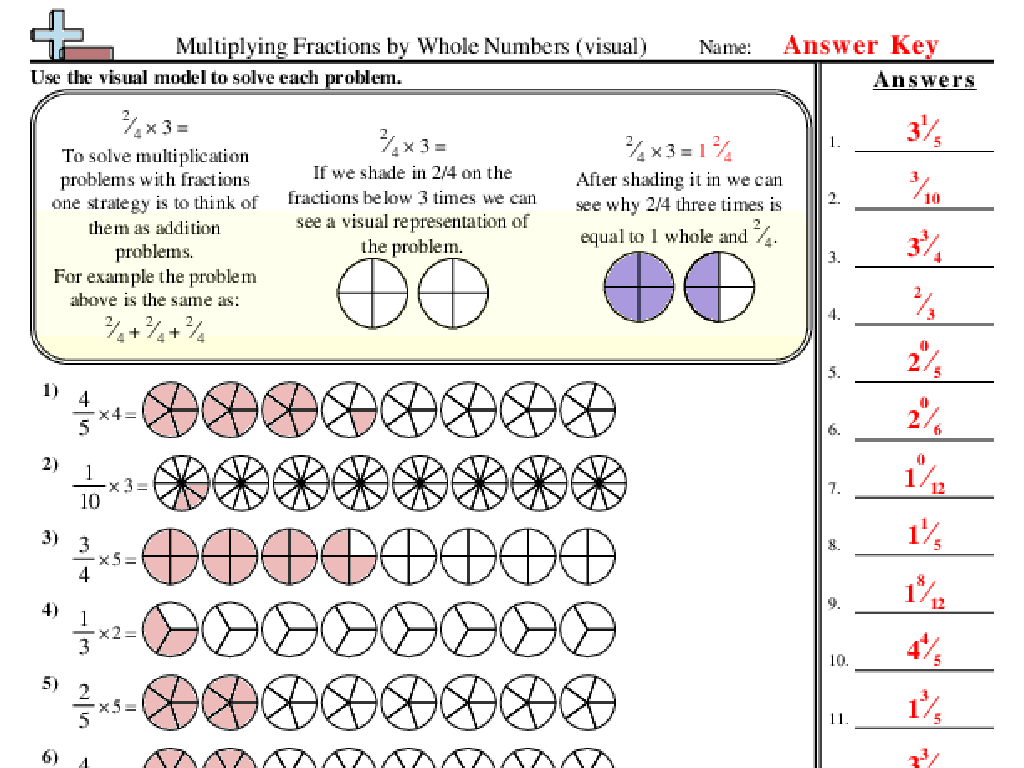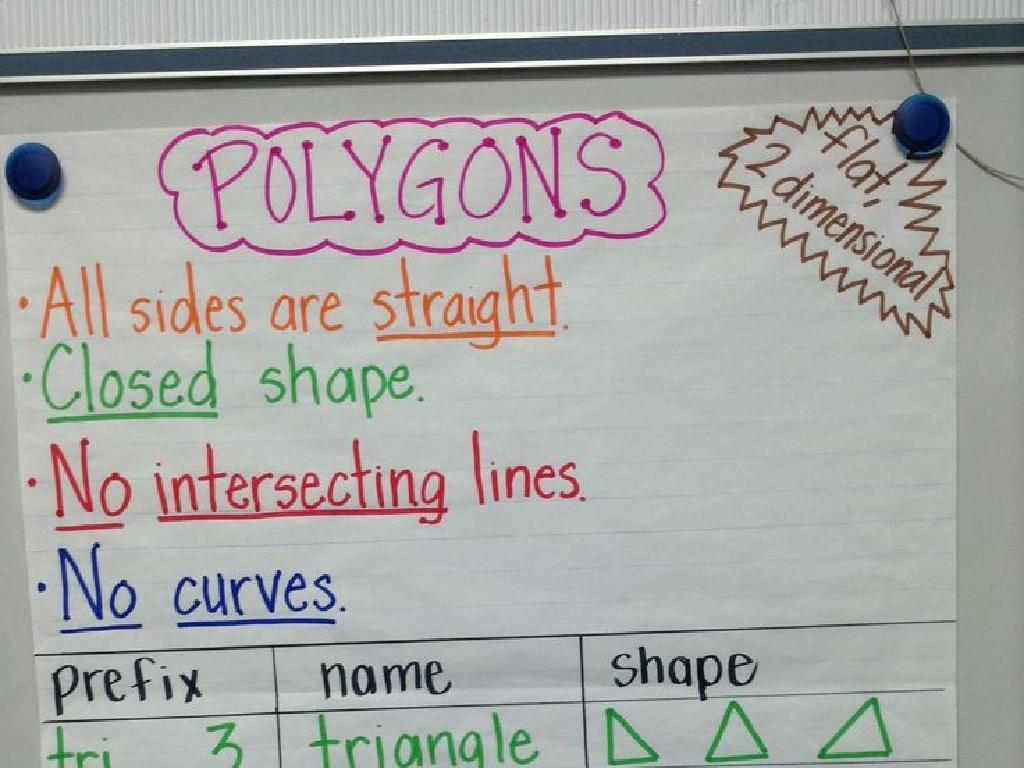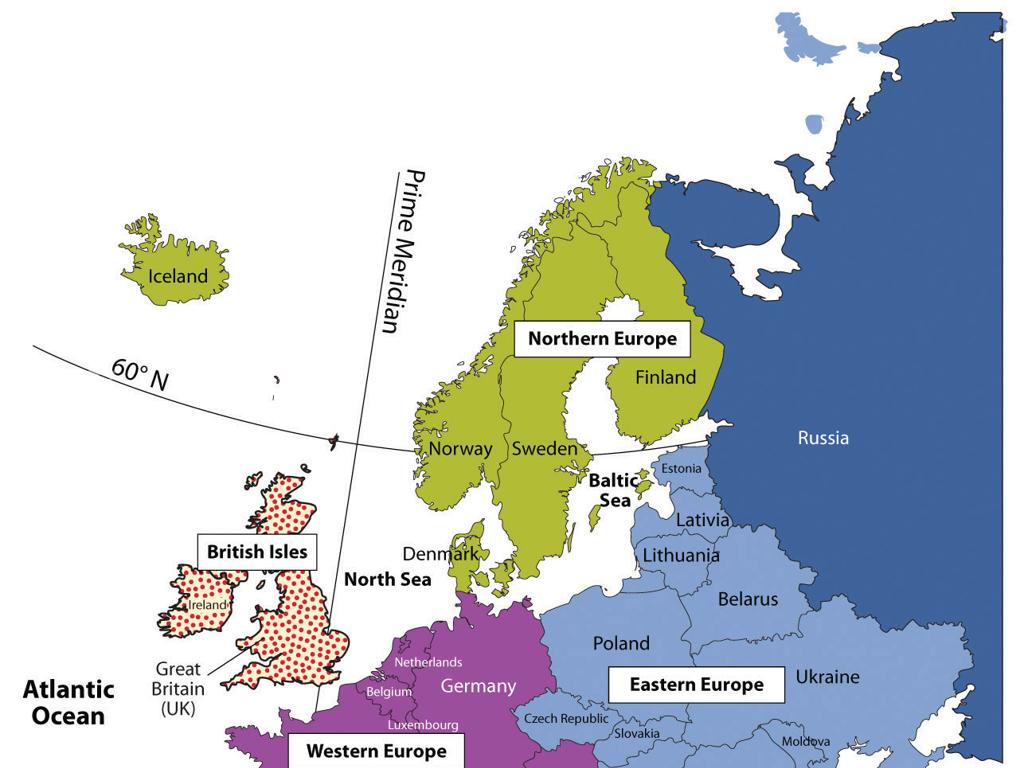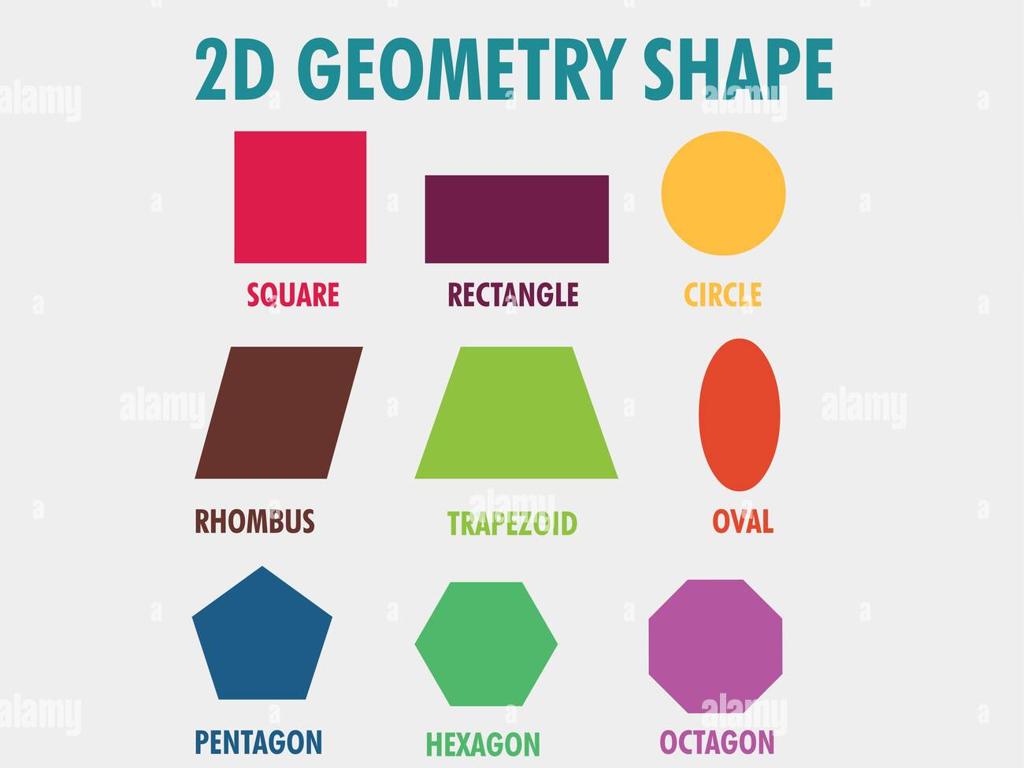Simple Past, Present, And Future Tense: Review
Subject: Language arts
Grade: Seventh grade
Topic: Verb Tense And Mood
Please LOG IN to download the presentation. Access is available to registered users only.
View More Content
Welcome to Verb Tenses!
– Understanding verb tenses
– Verb tenses indicate the time of action or state of being.
– Importance of correct tense usage
– Using the right tense clarifies the time frame and avoids confusion.
– Exploring Simple Past Tense
– Simple Past Tense shows action that happened and was completed in the past.
– Exploring Present and Future Tenses
– Present Tense indicates current action; Future Tense indicates action that will happen.
|
This slide introduces the concept of verb tenses to the students, emphasizing the importance of using the correct tense to convey the time of action accurately. It’s crucial for students to understand that verb tenses help readers understand when an event occurs. The slide will focus on reviewing the Simple Past, Present, and Future Tenses, providing a foundation for recognizing and using these tenses correctly in their writing and speech. Encourage students to think of examples from their daily lives that fit into each tense category. This will help them relate to the material and better grasp the concepts being taught.
Review: Simple Past Tense
– Expresses completed actions
– Regular verbs add ‘-ed’
– ‘talked’, ‘laughed’, ‘watched’
– Irregular verbs vary
– ‘eat’ becomes ‘ate’, ‘go’ becomes ‘went’
– Examples: walked, ran
– ‘She walked home’, ‘He ran fast’
|
The simple past tense is used to talk about actions that have already happened. Regular verbs follow a pattern, simply adding ‘-ed’ to the base form to create the past tense. However, irregular verbs don’t follow this rule and change in different ways, which students need to memorize. Provide examples of both regular and irregular verbs, and encourage students to come up with their own sentences using the past tense. This will help them understand the concept and use it correctly in their writing and speaking.
Verb Tenses: Simple Present
– Expresses daily habits/routines
– Examples: ‘She walks to school.’ ‘He brushes his teeth.’
– Regular verbs: add -s or -es
– ‘He runs.’ ‘She watches TV.’
– Irregular verbs: am, is, are
– ‘I am.’ ‘You are.’ ‘He is.’
– Usage in third person singular
– ‘He loves apples.’ ‘She goes to the gym.’
|
The simple present tense is used to describe actions that are habitual or generally true. When conjugating regular verbs for the third person singular, we typically add -s or -es to the end of the base form. It’s important to note that there are irregular verbs that do not follow this pattern, such as ‘to be’ which changes to ‘am,’ ‘is,’ or ‘are’ depending on the subject. Provide students with examples and have them create sentences to reinforce the concept. Encourage them to think about their own daily routines as a way to practice using the simple present tense.
Exploring Simple Future Tense
– Future actions with ‘will’
– ‘Will’ expresses a spontaneous decision or prediction.
– ‘Will’ + verb base form usage
– Examples: ‘will jump’, ‘will run’.
– Planned actions with ‘going to’
– Use ‘going to’ for actions you’ve decided to do.
– ‘Going to’ + verb base form
– Examples: ‘going to study’, ‘going to travel’.
|
The simple future tense is used to describe actions that haven’t happened yet but will occur later on. ‘Will’ is used for spontaneous decisions, predictions, or promises, while ‘going to’ is used for actions that are planned or intentions that have been decided before the moment of speaking. Provide students with examples of both ‘will’ and ‘going to’ to illustrate the difference in usage. Encourage them to create their own sentences using both forms to solidify their understanding of future tense verbs.
Let’s Practice Verb Tenses!
– Identify sentence tenses
– Determine if sentences are in past, present, or future tense
– Create sentences with tenses
– Use imagination to write one of each: past, present, future
– Share sentences with a partner
– Pair up and read your sentences to each other
– Discuss the use of each tense
– Why did you choose specific tenses for your sentences?
|
This slide is designed for an interactive class activity to reinforce the understanding of verb tenses. Students will first identify the tense of given sentences, enhancing their recognition skills. Then, they will create their own sentences, which allows them to apply their knowledge practically. Sharing with a partner provides an opportunity for peer learning and feedback. Finally, discussing the use of each tense encourages critical thinking about language use. For the teacher: Prepare a list of sentences for identification practice, guide students through sentence creation, and facilitate partner discussions. Offer examples and be ready to assist students who may struggle with tense formation.
Verb Tenses: Past, Present, and Future
– Simple Past Tense Example
– ‘I walked to the park yesterday.’
– Simple Present Tense Example
– ‘She reads a book every night.’
– Simple Future Tense Example
– ‘They will go to the museum tomorrow.’
|
This slide reviews the simple past, present, and future tenses, which are fundamental in English grammar. The simple past tense is used for actions that were completed in the past, as shown in the example where ‘walked’ indicates a completed action. The simple present tense describes current actions or routines, illustrated by ‘reads,’ which suggests an ongoing or habitual activity. The simple future tense is used for actions that will happen, indicated by ‘will go,’ showing an intention or plan. Encourage students to create their own sentences in each tense to enhance their understanding and application of verb tenses.
Class Activity: Time Travel Story
– Craft a short time travel story
– Use past, present, and future tenses
– Mix tenses to show time shifts in your story
– Include 2 examples per tense
– ‘I walked’, ‘I walk’, ‘I will walk’
– Share stories at the end of class
|
This activity is designed to reinforce the students’ understanding of verb tenses by applying them creatively in a short story. Encourage students to think about how each tense affects the way their story is told. They should aim to use at least two examples of simple past, present, and future tenses. This will help them see how tenses function in different contexts. At the end of the class, students will have the opportunity to share their stories, allowing them to hear how their peers use tenses differently. For the teacher: prepare to offer guidance on tense usage and provide feedback during the sharing session. Possible activities include peer review, group sharing, or selecting a few stories to read aloud to the class.
Review: Verb Tenses and Their Importance
– Recap of today’s lesson
– Importance of correct tense usage
– Using the right tense clarifies time of actions
– Open floor for questions
– Sharing examples
– Helps solidify understanding through practice
|
This slide aims to conclude the lesson by summarizing the key points and reinforcing the importance of using the correct verb tense. It’s crucial for students to understand that verb tenses help readers understand when an action is taking place, which is essential for clear communication. Encourage students to ask questions about any part of the lesson they found challenging and to provide examples from their own writing. This interactive session will help assess their understanding and give them the opportunity to learn from each other’s queries and examples.






